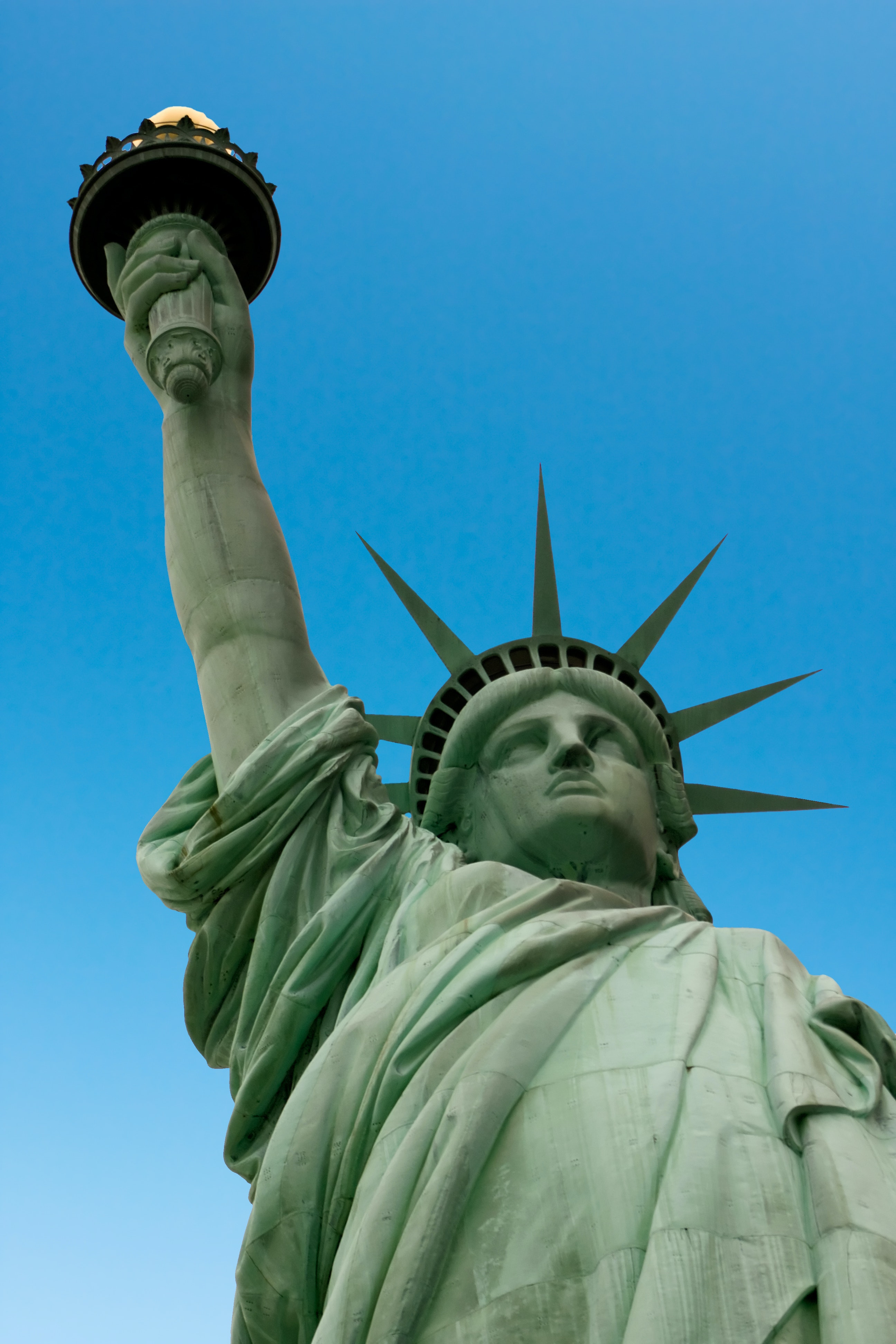This story comes courtesy of California Watch.
U.S. policies and laws aimed at improving the nation's immigration system have unintentionally spurred more immigrants - authorized or not - to stay in the United States, according to a new paper released today.
The paper, "Unintended Consequences of U.S. Immigration Policy," released by Princeton University's Woodrow Wilson School of Public and International Affairs, seeks to explain the reasons behind the surge in immigrants from Latin America since 1965, placing blame on the elimination of a legal - but vilified - migrant worker program, intervention in wars in various Latin American countries and more difficulties in entering - legally or otherwise - the United States.
The report's authors, Douglas S. Massey and Karen A. Pren, argue that the surge of immigrants from Mexico and other Latin American countries was caused by unintended consequences, rather than designed policy and legislative reforms.
Ultimately, they argue that an improved Bracero program, as the legal migrant worker plan was called, could have avoided the increase in the first place. Instead, for nearly 50 years, the U.S. government has tried to fix its immigration system by focusing on security and enforcement, with little success, the authors say.
"Paradoxical as it may seem, U.S. immigration policy often has very little to do with trends and patterns of immigration," the authors write. "Even when policies respond explicitly to shifts in immigration, rarely are they grounded in any real understanding of the forces that govern international migration."
Since 1965, when Congress overhauled the nation's immigration law, the Hispanic population in America has jumped from just under 10 million to more than 50 million in recent years, including about 9.6 million illegal immigrants from Latin America as of 2008, according to the report.
But, as the authors write, the era of mass migration from Mexico appears, for the moment, to be over. Apprehensions of unauthorized border crossers were at the lowest point in decades last year. Legal entries also dropped from 219,000 in 2002 to 139,000 in 2010.
Instead of a circular flow of migration - in which seasonal workers arrive in the U.S. to work, typically in agriculture, and then return to their homelands - migrants have over the decades increasingly remained in the United States, according to the report.
"Despite record deportations and rising anti-immigrant sentiment, the rate of return migration among this population is also near zero," the authors write.
Historically, California has received the largest proportion of Mexican immigrants, who make up 29 percent of all immigrants to the United States. The state continues to lead the nation with the largest number of immigrants and in 2008 claimed a quarter of the nation's Mexican-born population. Overall, about 27 percent of the state's residents are immigrants.
President George W. Bush had floated the idea of a revamped guest-worker program during his first term in office. That plan was widely assailed as being reminiscent of the Bracero program, which many saw as exploitative.
Since then and continuing through much of President Barack Obama's presidency, the White House has asked for and Congress has allocated growing budgets for border and immigration security. Meanwhile, the number of entries by temporary workers has increased to record levels, reaching 517,000 in 2010, the largest number in history, according to the Department of Homeland Security, the authors point out.
The Obama administration has announced reforms to the nation's immigration detention system and has incrementally introduced proposed changes, including the recent opening of a civil detention facility in Texas.
But in the absence of congressional action on legislative reform, the administrative remedies have been relatively minor. Even then, the paper's authors say, Congress passes laws without fully weighing the causes of and issues related to immigration.
"The crux of the problem is that Congress routinely makes consequential policy decisions with scant consideration of the underlying dynamics of the social processes involved," the authors write.
Source: http://californiawatch.org/dailyreport/us-policies-encourage-immigrants-stay-study-finds-15427
`









